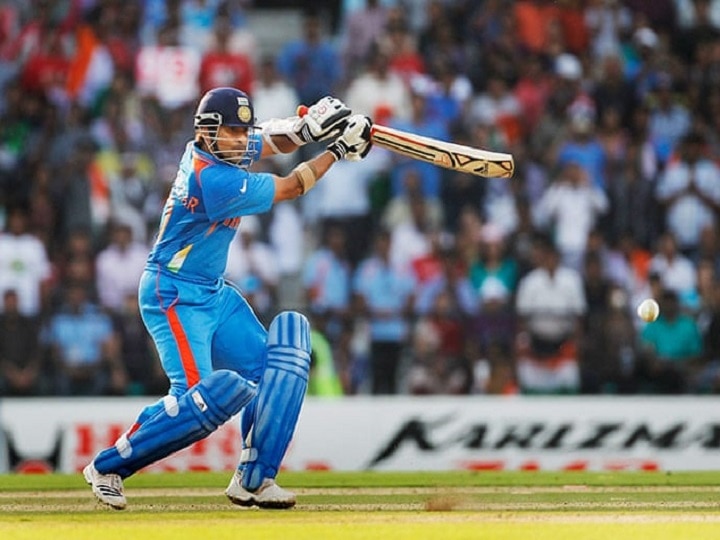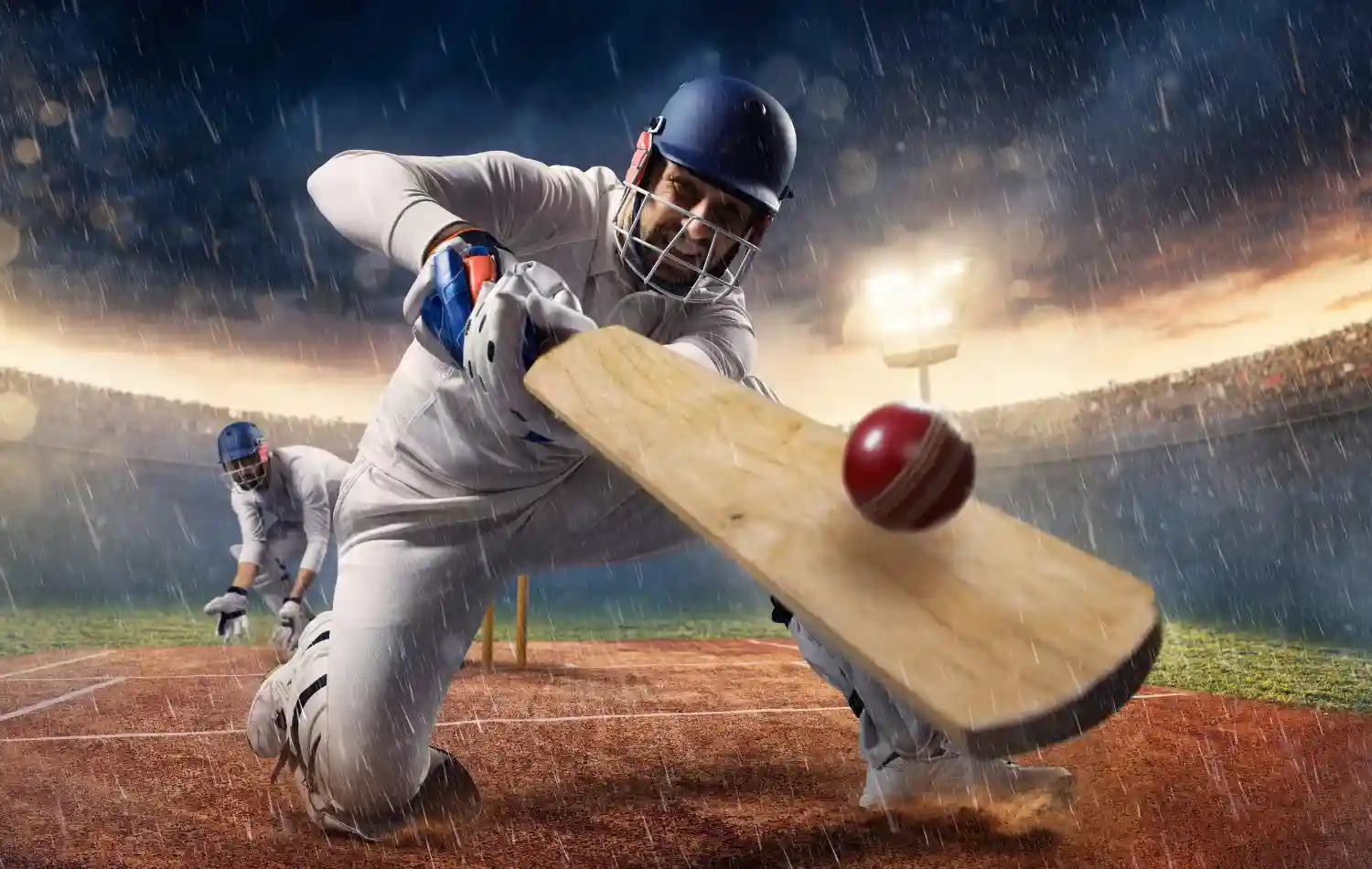There are some things that everyone knows about cricket. Even people in remote parts of the US, for example, have an idea that there’s a sport people play in England that vaguely resembles baseball, but which is somehow different.
In cricket-loving countries people certainly know a lot more about the game. In places like India, you could probably stop a random person on the street and listen to them rattle off a list of statistics about their favorite team.
However, there are also facts about cricket that very few people know. The next time you head off to the live cricket match T20 World Cup, you should be prepared to show off your knowledge. Care to test yourself?

Table of Contents
Where does it come from?
In all likelihood, a lot of people could give a general answer to that question by saying, “England, several hundred years ago,” but how many details can you recall? Cricket actually dates back to the 16th century, when it started among English schoolchildren. In 1697, the first recorded match took place, and in 1760, the official cricket club was founded, called the Hambledon Club.
Cricket spread throughout the world initially through British colonials in India. And once it hit India (pre-independence India, that is, which includes modern-day Pakistan and Bangladesh), it quickly gained popularity throughout the country.
Who is the greatest cricketer in history?

There are several historical players that could vie for the title of greatest cricketer of all time. Among them is Sachin Tendulkar, an Indian who played professionally for 24 years and managed to make more than 34,000 runs throughout his career. He also holds the title of the most runs scored in any World Cup.
Sir Donald Bradman is another legend. Many believe him to be the greatest batsman that ever lived. He holds the highest batting average of any player in history at 99.94, and is also known for his consistency, being able to score in pretty much any game conditions.
And let’s not forget Sachin Tendulkar, otherwise known as the “Little Master.” He is also known as among the greatest batsmen to ever live, and his career also held on for an impressive 24 years. He scored more international runs and centuries than any other player.
When was the longest cricket match ever?
Cricket is a sport that is known for some of the longest matches in all sports by policy, but what was the longest match that was ever played? The answer is a match that took place between England and South Africa, all the way back in 1939. It lasted for an astounding 14 days! We can only imagine the state that the players were in by the end of it.
Little-known method for deciding games

One of the unfortunate truths about cricket is that it happens to be popular in areas where rain is common. If weather threatens to interrupt important matches, they could theoretically be put off indefinitely. As a way to preclude this, officials developed a method called the Duckworth-Lewis-Stern method (named after its founders) that helps to determine victors depending on statistical averages.
Put your money on it?
People who are really knowledgeable about cricket are finding ways to bet and make potentially big money off of their knowledge. There are now numerous sites available where you can get online and see how you fare against others in the betting world.
Thanks to the existence of international sites, people can get online from anywhere in the world and make a bet. Because payments and winnings can be given in cryptocurrencies, people no longer have to worry about national borders or currency incompatibility.
Impress your friends
There is even more interesting cricket trivia available on special-interest sites throughout the Internet. Why don’t you fish around and see what you can find? Especially if you live in a place where the sport is possible, you’ll really impress people if you can come up with facts that no one knows. And who knows? It might just be to your financial benefit, as well, if you do it right.
Evolution of Cricket Equipment and Rules

Cricket has undergone significant changes over the centuries, not only in terms of its popularity and playing styles but also in its equipment and rules. Originally, cricket was played with rudimentary gear, such as wooden bats and makeshift balls. However, as the sport evolved, so did its equipment. Today, cricket bats are crafted from high-quality wood and are meticulously designed to optimize performance. Similarly, cricket balls are made with precision stitching and materials to ensure consistency and durability during play.
Furthermore, the rules of cricket have evolved to accommodate the changing dynamics of the game. From the introduction of limited-overs formats like One Day Internationals (ODIs) and Twenty20 (T20) cricket to innovations such as the Decision Review System (DRS), cricket has adapted to meet the demands of modern players and spectators. Understanding the evolution of cricket equipment and rules adds depth to one’s appreciation of the sport and its rich history.
Global Impact and Cultural Significance
While cricket may have originated in England, its influence has spread far beyond its shores, making it a truly global phenomenon. Today, cricket is passionately followed and played in countries across Asia, Africa, the Caribbean, and beyond. It serves as a unifying force, bringing together people from diverse backgrounds and cultures under a common love for the game.
Moreover, cricket has become deeply ingrained in the cultural fabric of many nations, shaping traditions, rituals, and social dynamics. From the fervent support of national teams during major tournaments to the community spirit fostered by local cricket clubs, the sport plays a significant role in shaping identities and fostering camaraderie.
Challenges and Opportunities in Modern Cricket

Despite its widespread popularity, cricket faces various challenges in the modern era. Issues such as corruption, match-fixing, and governance scandals have plagued the sport, tarnishing its reputation and eroding public trust. Additionally, concerns about player workload, player welfare, and the commercialization of the game pose ongoing challenges for cricket administrators and stakeholders.
However, amidst these challenges lie opportunities for innovation and growth. The emergence of new formats, technological advancements, and increased accessibility through digital platforms present avenues for expanding the reach and appeal of cricket. Moreover, initiatives aimed at grassroots development, inclusivity, and sustainability are paving the way for a more equitable and sustainable future for the sport.
Final Words
In conclusion, cricket’s journey from its humble origins to its status as a global powerhouse is a testament to its enduring appeal and cultural significance. By exploring its evolution, impact, and future prospects, enthusiasts can deepen their understanding and appreciation of this beloved sport.













